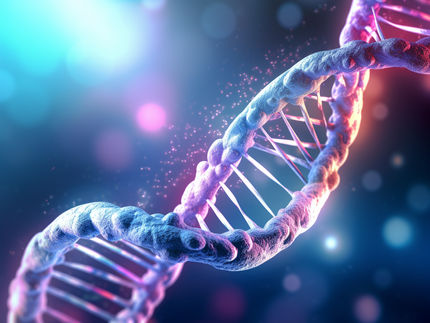Oyster genome uncover the stress adaptation and complexity of shell formation
An international research team, led by Institute of Oceanology of Chinese Academy of Sciences and BGI, has completed the sequencing, assembly and analysis of Pacific oyster (Crassostrea gigas) genome — the first mollusk genome to be sequenced — that will help to fill a void in our understanding of the species-rich but poorly explored mollusc family. The study, published in Nature, reveals the unique adaptations of oysters to highly stressful environment and the complexity mechanism of shell formation.
Oysters are a soft-bodied invertebrate with a double-hinged shell, which make up an essential part of many aquatic ecosystems. They have a global distribution and for many years they have much higher annual production than any other freshwater or marine organisms. In addition to its economic and ecological importance, the unique biological characteristics of oyster make it an important model for studying marine adaptations, inducing a great deal of biological and genomics research. The completed sequencing of oyster genome will provide a new horizon into understanding its natural mechanisms such as the adaptations to environmental stresses and shell formation, better exploration of marine gene resource, , among others.
Unlike many mammals and social insects, oyster as well as many other marine invertebrates is known to be highly polymorphism, which is a challenge for de novo assembling based on current strategies. In this study, researchers sequenced and assembled the Pacific oyster genome using a combination of short reads and a "Divide and Conquer" fosmid-pooling strategy. This is a novel approach developed by BGI, which can be used to study the genomes with high level of heterozygosity and/or repetitive sequences. After data process, the assembled oyster genome size is about 559 Mb, with a total of ~28,000 genes.
Based on the genomic and transcriptomic analysis results, researchers uncovered an extensive set of genes that allow oysters to adapt and cope with environmental stresses, such as temperature variation and changes in salinity, air exposure and heavy metals. For example, the expansion of heat shock protein 70 (HSP 70) may help explain why Pacific oyster can tolerate high temperatures as HSP family is expanded and highly expressed when in high temperature. The expansion of inhibitors of apoptosis proteins (IAPs), along with other findings, suggested that a powerful anti-apoptosis system exists and may be critical for oyster's amazing endurance to air exposure and other stresses. One notable finding on development is that the oyster Hox gene cluster was broken, and there are unusual gene losses and expansions of the TALE and PRD classes. Hox genes are essential and play critical important role in body plan, the Hox clusters are found to be more conserved in many organisms.
Researchers found paralogs might have the function to change the gene expression for better coping with the stresses. This result suggested that expansion and selective retention of duplicated defense-related genes are probably important to oyster's adaptation. Moreover, many immune-related genes were highly expressed in the digestive gland of the oyster, which indicated its digestive system was an important first-line defense organ against pathogens for the filter-feeder. The shell provides a strong protection against predation and desiccation in sessile marine animals such as oysters. At present, two models have been proposed for molluscan shell formation, but neither of them is accurate enough. In this study, by sequencing the peptides in the shell, researchers identified 259 shell proteins, and further analysis revealed that shell formation was a far more complex process than previously thought. They found many diverse proteins may play important roles in matrix construction and modification. The typical ECM proteins such as Laminin and some collagens were highly expressed in shells, suggesting that shell matrix has similarities to the ECM of animal connective tissues and basal lamina. Hemocytes may mediate fibronectin (FN)-like fibril formation in the shell matrix as they do in ECM. Furthermore, the functional diversity of proteins showed that the cells and exosome may participate in the shell formation.
Organizations
Other news from the department science

Get the analytics and lab tech industry in your inbox
From now on, don't miss a thing: Our newsletter for analytics and lab technology brings you up to date every Tuesday. The latest industry news, product highlights and innovations - compact and easy to understand in your inbox. Researched by us so you don't have to.























































